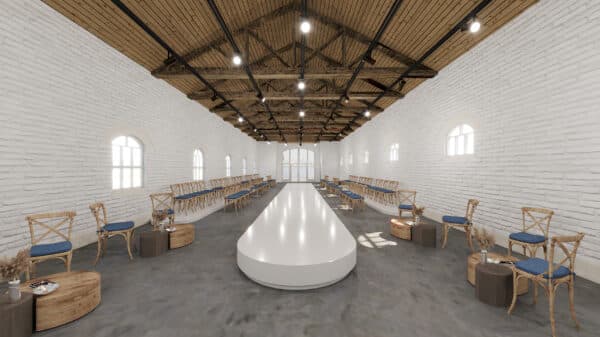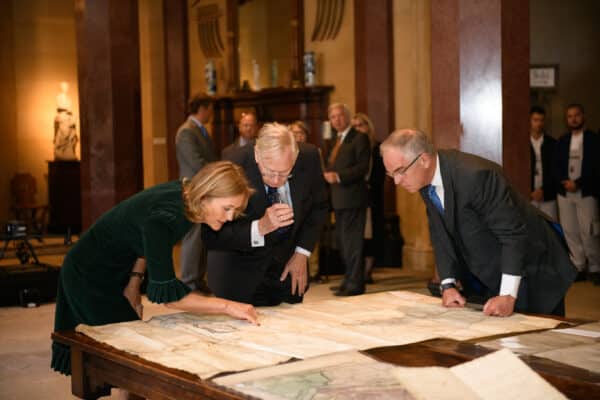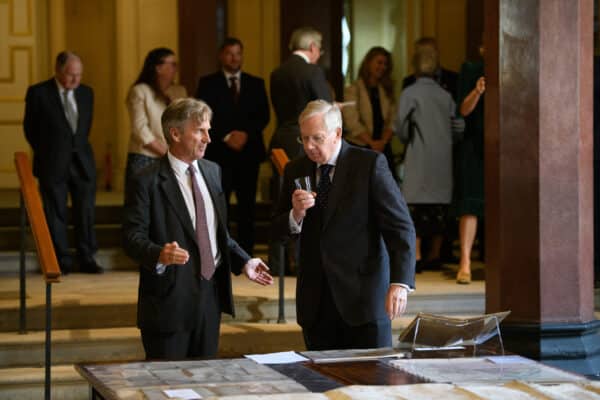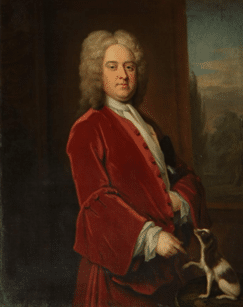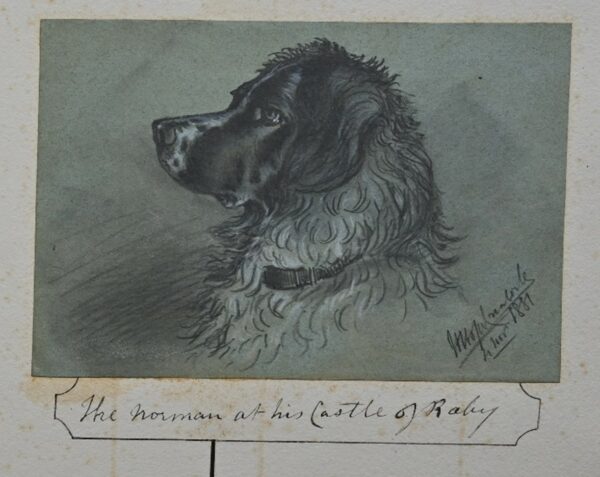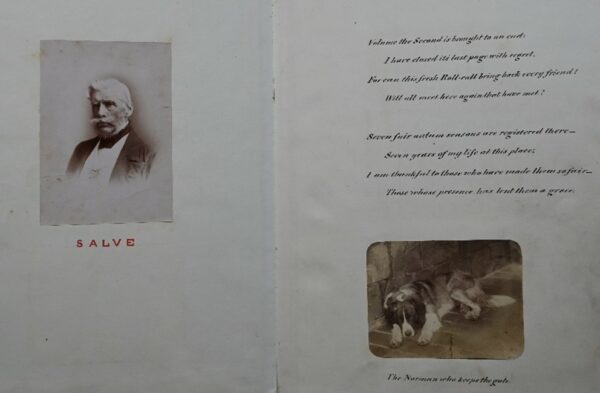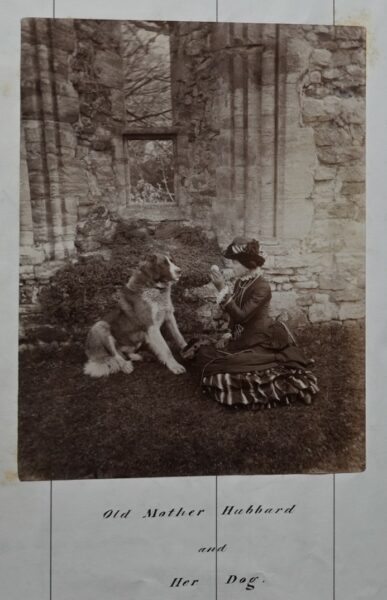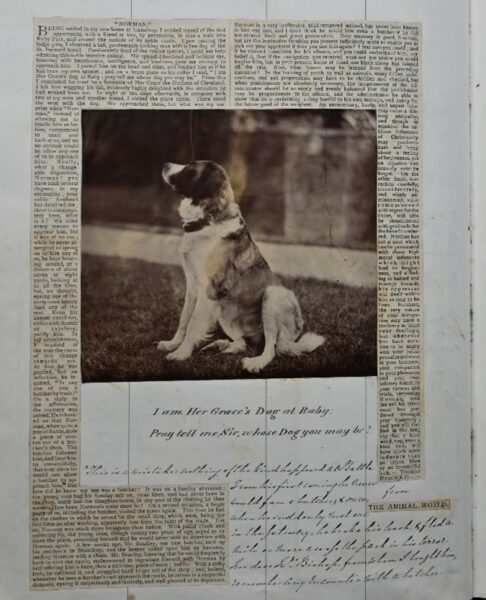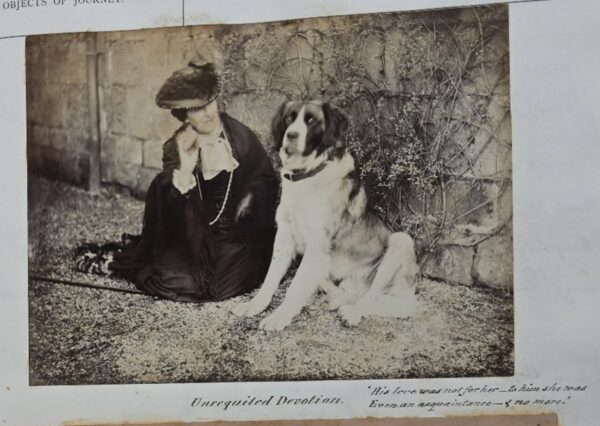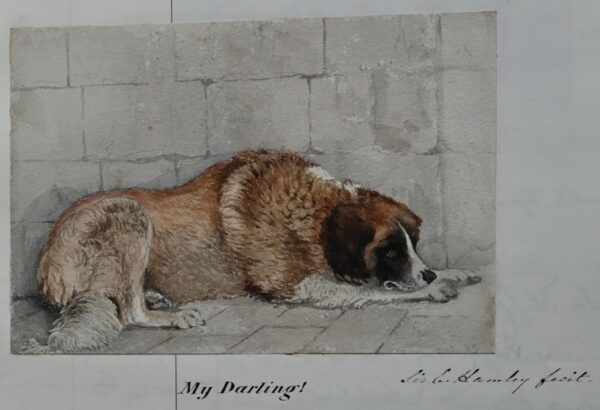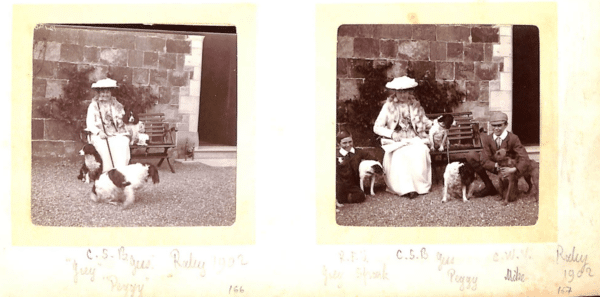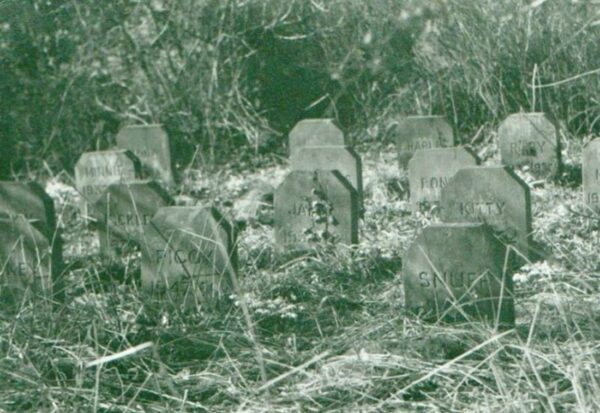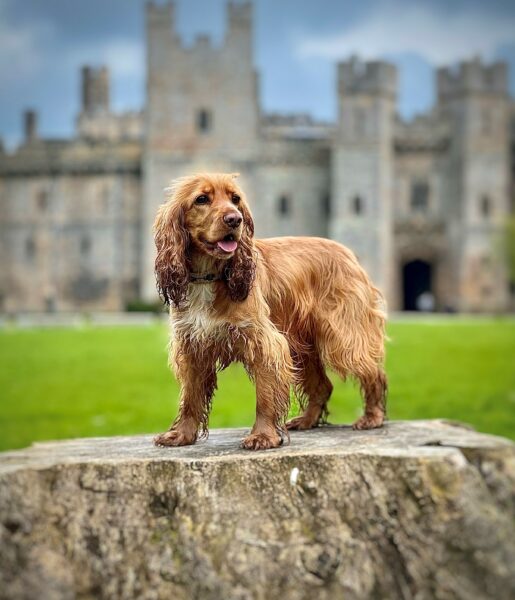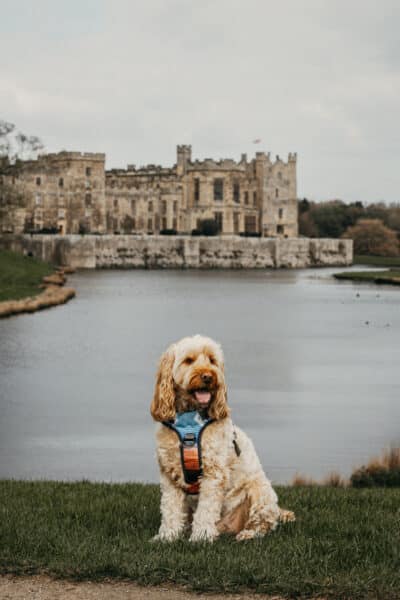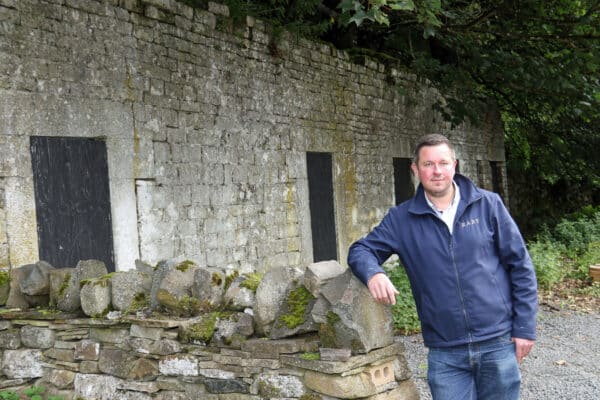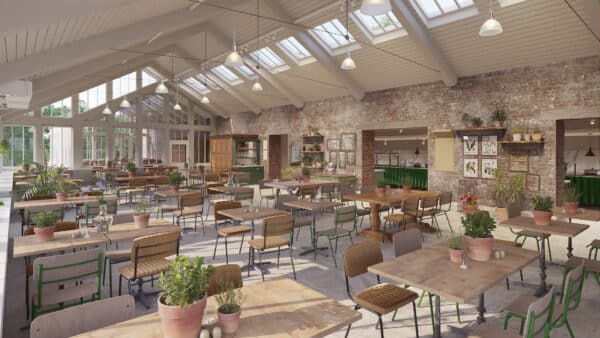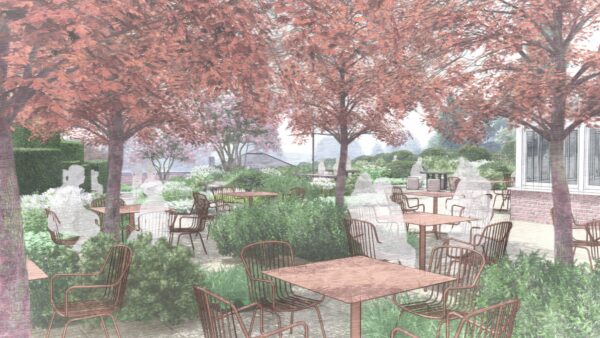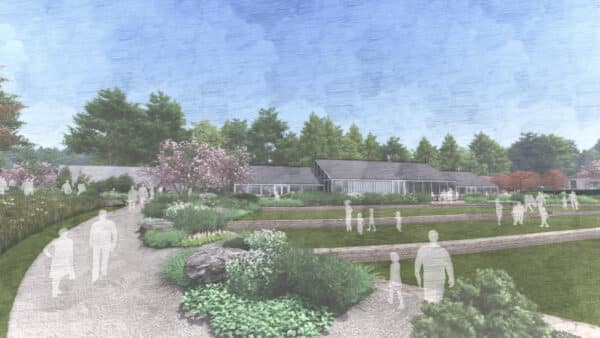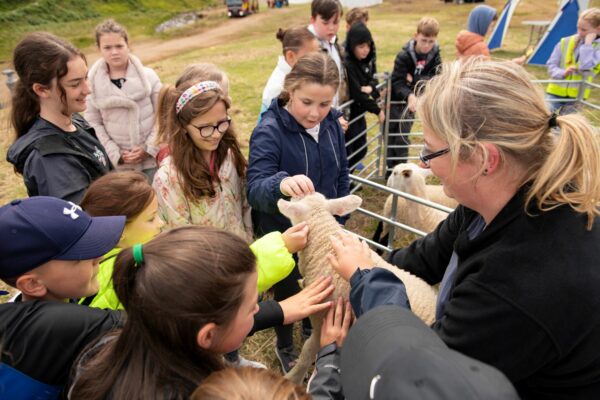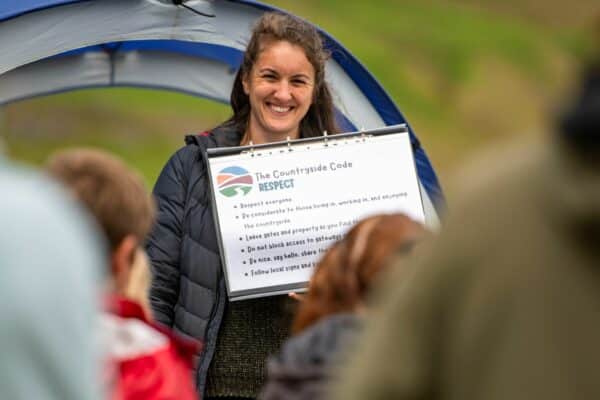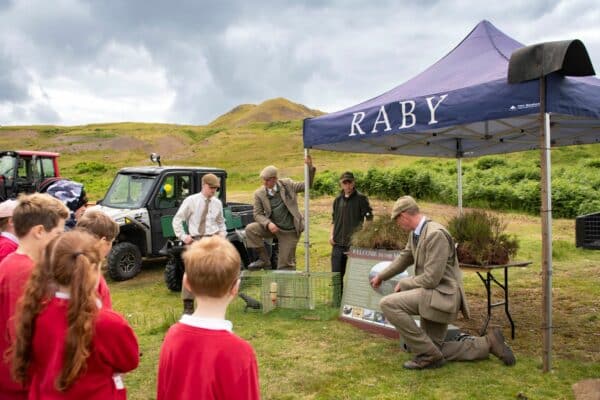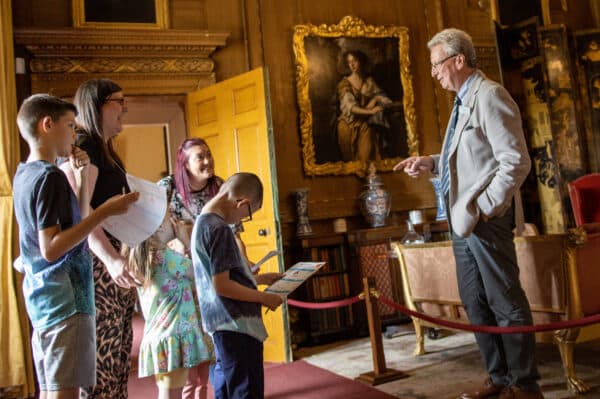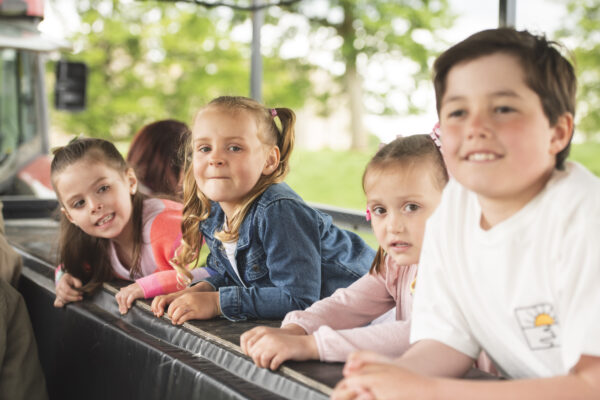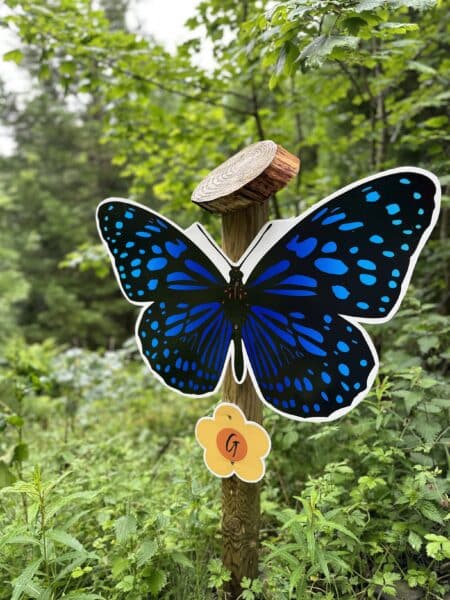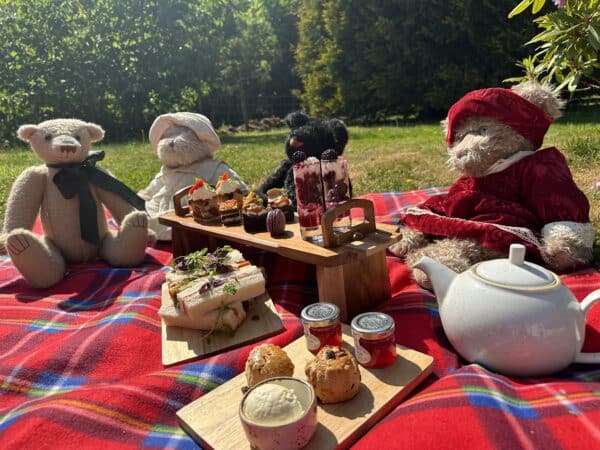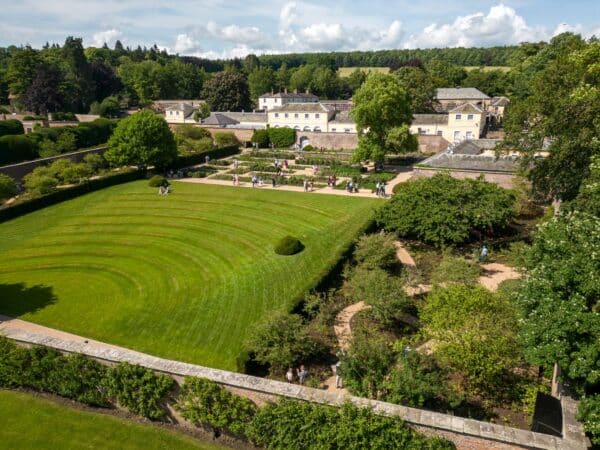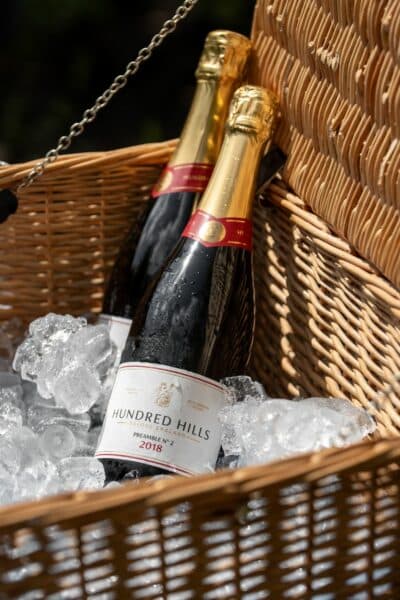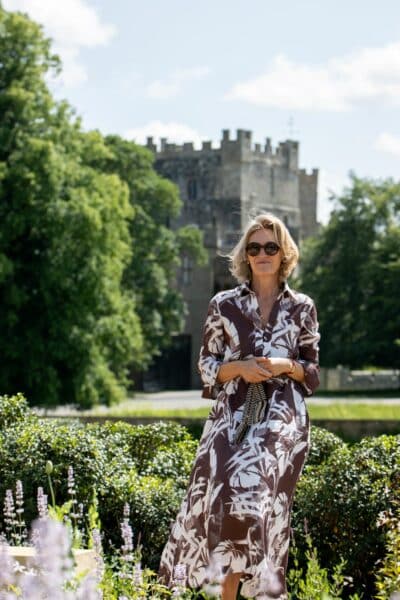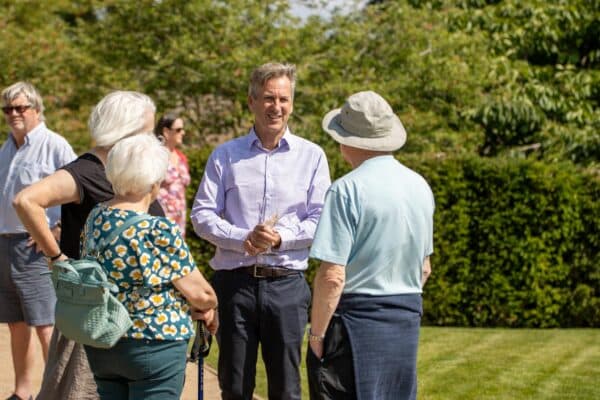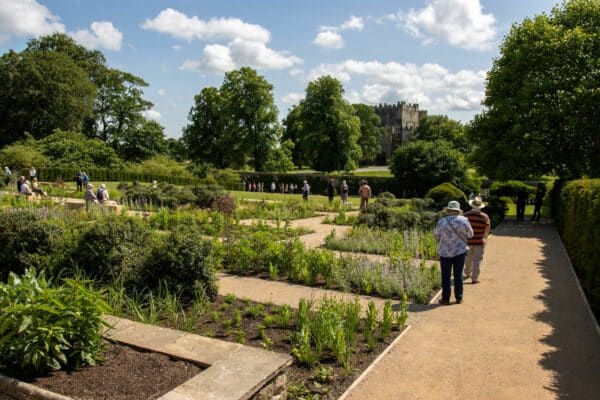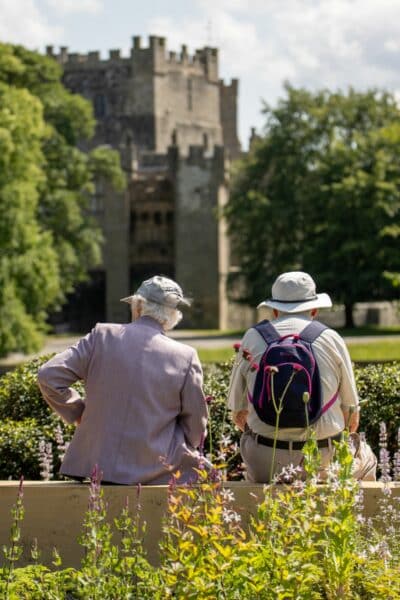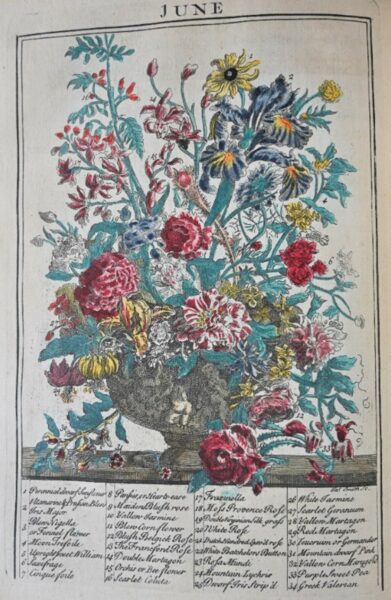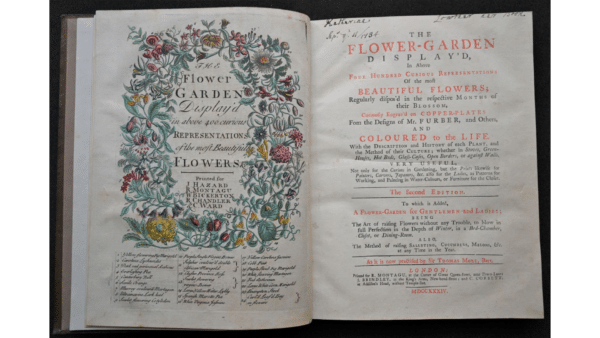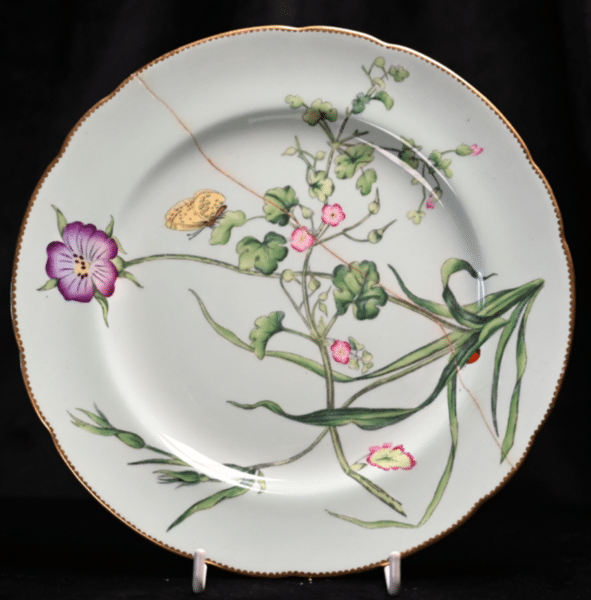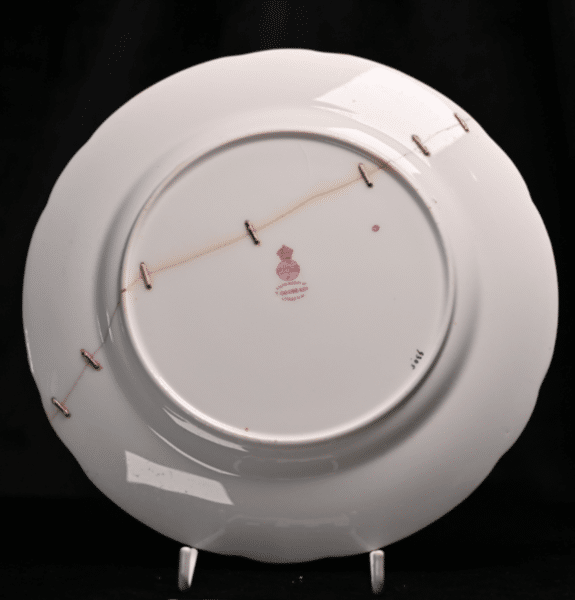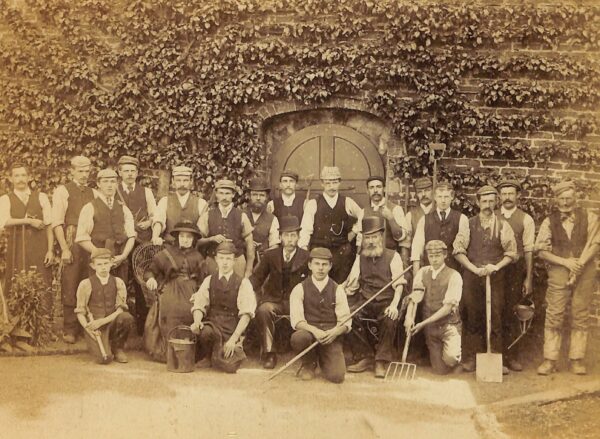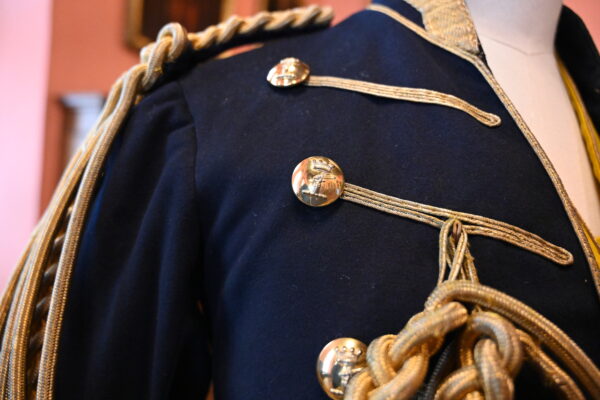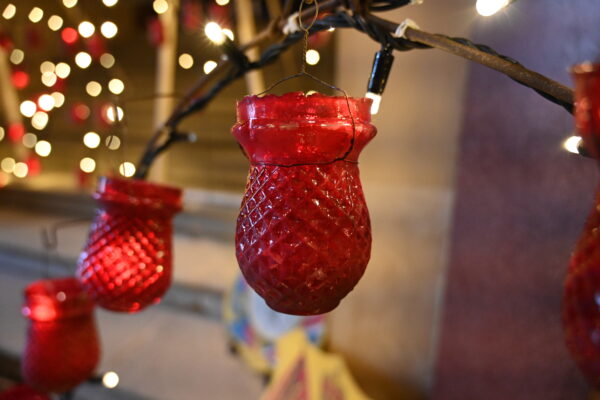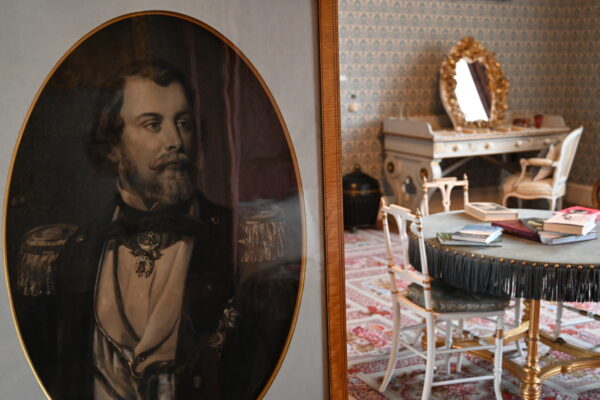The Rising development has marked a momentous milestone, as bookings for 2024 events open in its magnificent new events spaces. The iconic spaces will welcome guests to enjoy unique events opportunities in the stunning historical surroundings.
The Rising project has seen the restoration and repurposing of two heritage buildings, just beyond the Castle walls, known as the Dutch Barn and Riding School, as well as the remodelling of the Walled Garden and the commencement of work on the newly created Vinery Café Restaurant.
The new spaces will be the ideal location to host events of all sizes, from product launches to fashion shows, exhibitions and market-style fairs. Unlike a hotel or traditional conference venue, each individual setting will offer the exclusive combination of heritage, character and energy, in Raby’s beautiful parkland setting.
Across the project, structural work has been completed on Raby’s best-kept secret, the Grade II* listed Dutch Barn, an iconic piece of architecture, which has been hidden for decades now becoming an unmatched venue for all kinds of special events.
During the works, though the structure of the open-sided barn was secure, stone repairs were needed throughout the elegant agricultural building, as well as repairs to the exposed beams and timbers.
As with the rest of the project, where possible, the original timber has been saved and reused, with new timber blending sympathetically with the old, while maintaining the structural integrity. The completed space offers an arcaded building, providing an elegant, covered venue for a multitude of different events.
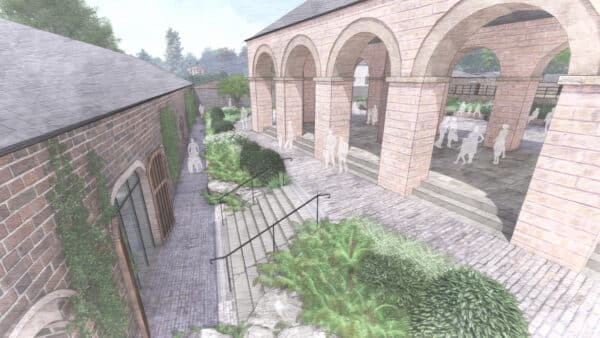
Work is currently underway on the neighbouring Riding School. The extraordinary space was once used to showcase Raby’s illustrious equine past and sits adjacent to the Victorian Coach House.
Horses and their riders would have traditionally entered the 66-metre-long space via the east entrance through double height doors. Though the original doors will remain in situ, the expansive, unrestricted space, which will hold over 400 people, will now benefit from two new entrances and the main entry point will be moved to the north/south verticals, creating a straight line for visitors to follow from the remodelled Walled Garden, through the Coach House, into the Riding School and on to the Dutch Barn.
These areas will be symmetrically linked with stairs and adjoining ramps traversing the newly installed Duchess’s Walk, a beautifully landscaped area for quiet reflection in this busy destination.
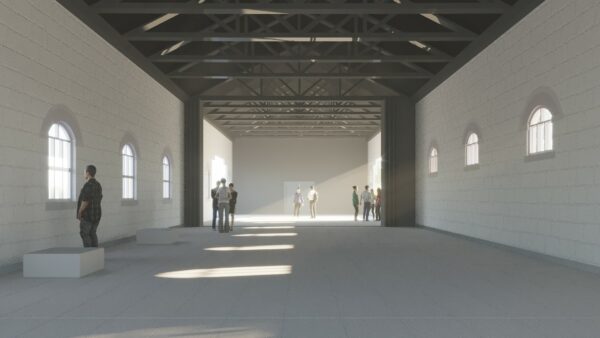
Visitors will also benefit from a stylish new dining opportunity, the Vinery Café Restaurant a stylish and airy recreation of the historic glass house which once stood on the same spot, offering seasonal and locally sourced food with stunning panoramic views of the castle on the horizon. The restaurant will seat over 200 guests, ideal for leisurely brunches, meetings and celebratory dinners.
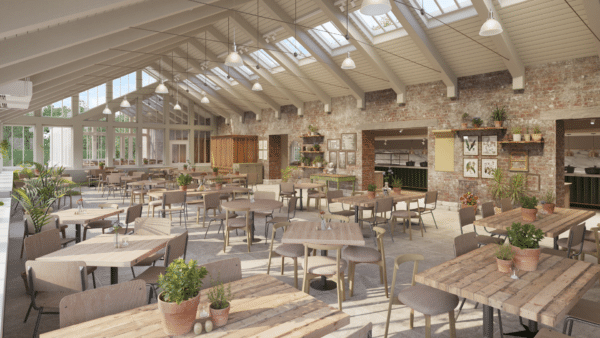
“We are delighted to announce the opening of bookings in our extraordinary new event spaces,” says Sophie Brown, events manager at Raby Estates. “The Dutch Barn, Riding School and Vinery Café Restaurant are three of the most iconic buildings on the Raby Estate, each with its own character, offering exceptional spaces for all kinds of special events, which cannot be found elsewhere.
“Guests will be able to soak up Raby’s unique and unspoilt heritage, in our spectacular new spaces, each with its own individual charm. Due to the size and scale of our offering, we are able to accommodate events of any size and nature.
“We feel these characterful settings will reflect our distinctive and simple ambition – to offer unexpected elegance, thoughtful design and fresh, local food, in an unparalleled heritage setting, making the most memorable events experience”, concludes Sophie.
To enquire about bookings at Raby Castle, please visit: https://www.raby.co.uk/raby-castle/corporate-events/
For further information on The Rising, please visit: www.raby.co.uk/about-us/development/raby-castle-development/
CGIs: Artistic license, image for illustrative purposes
